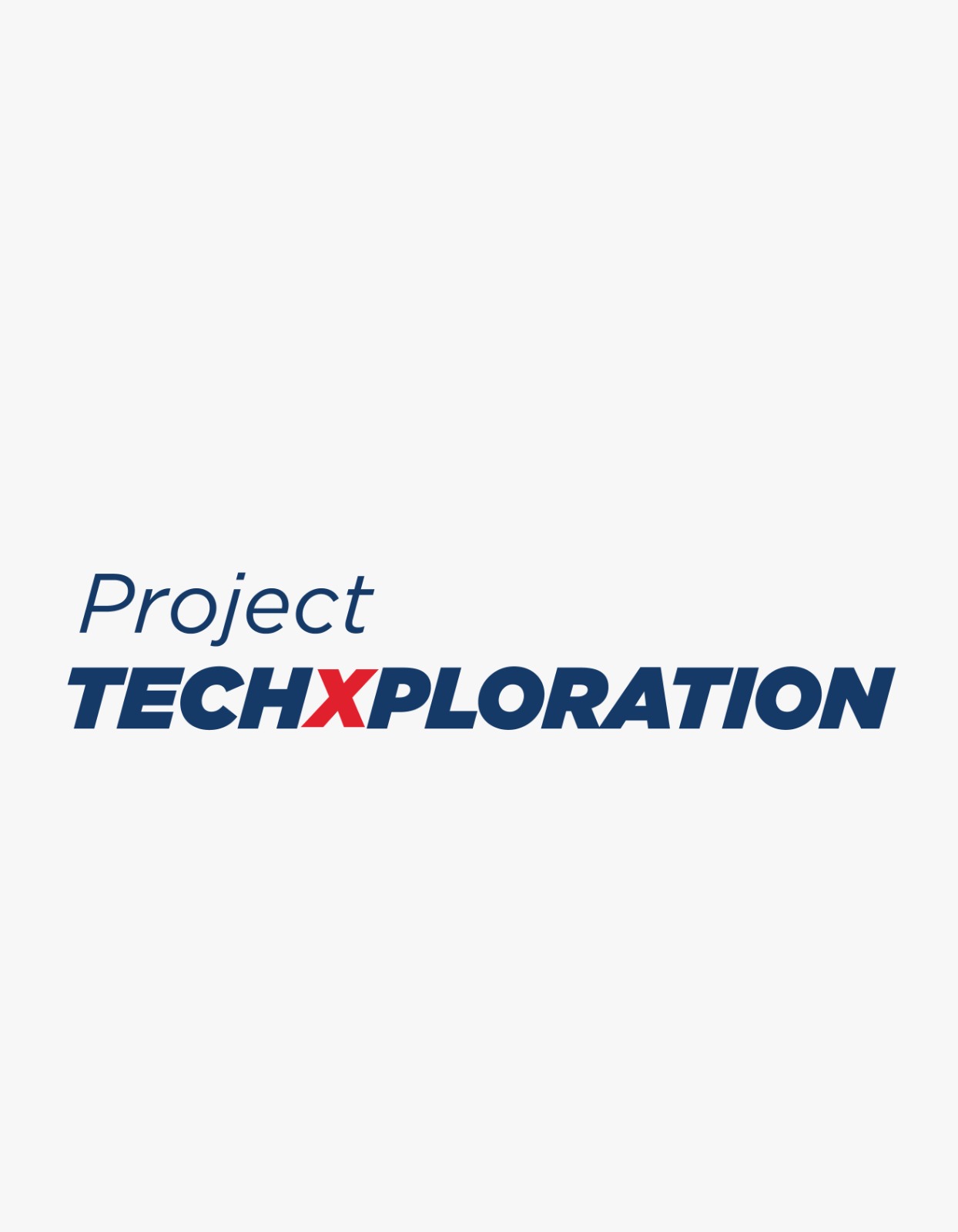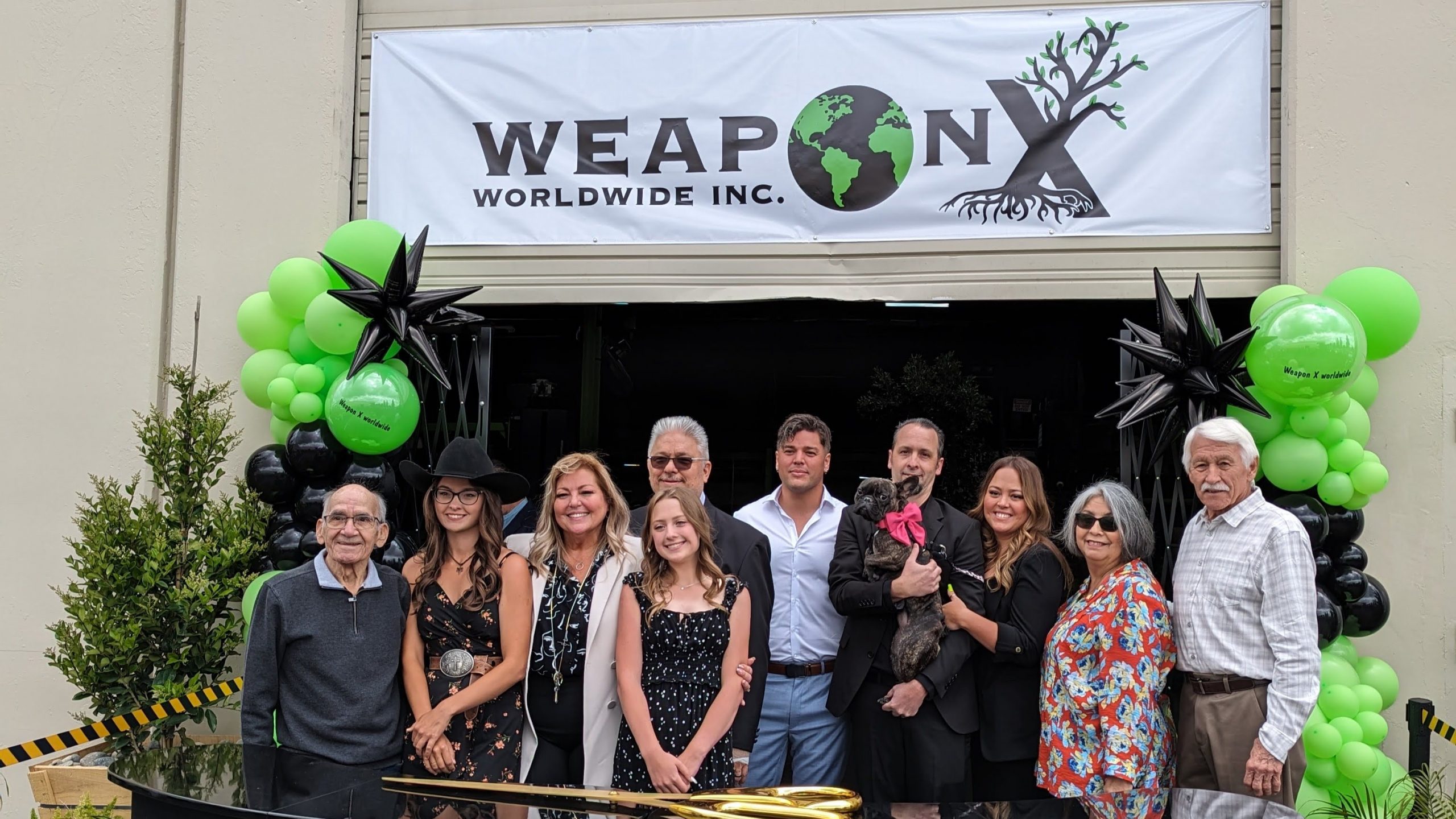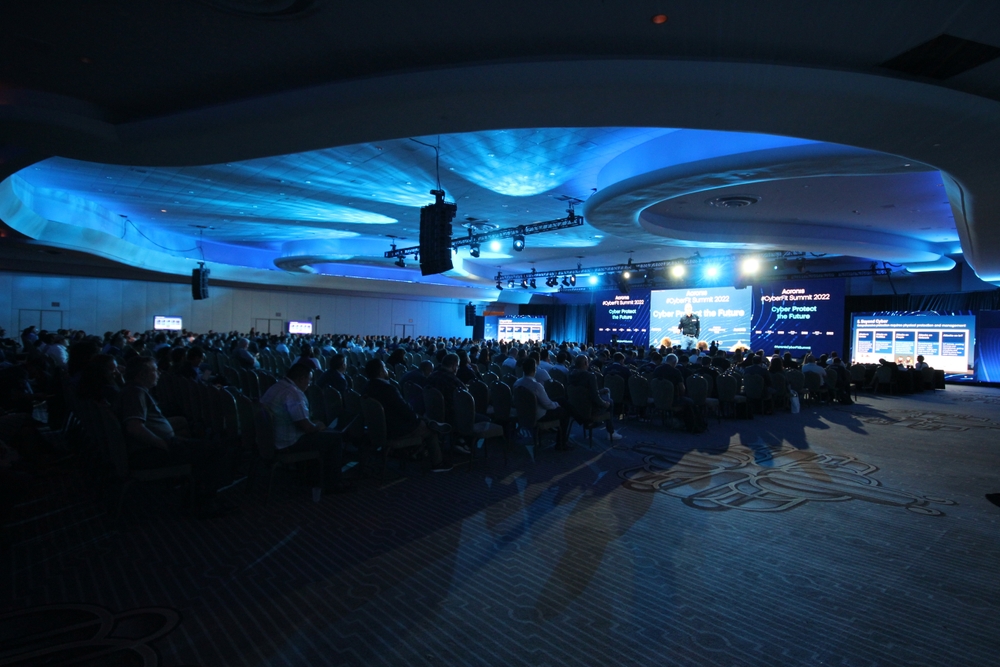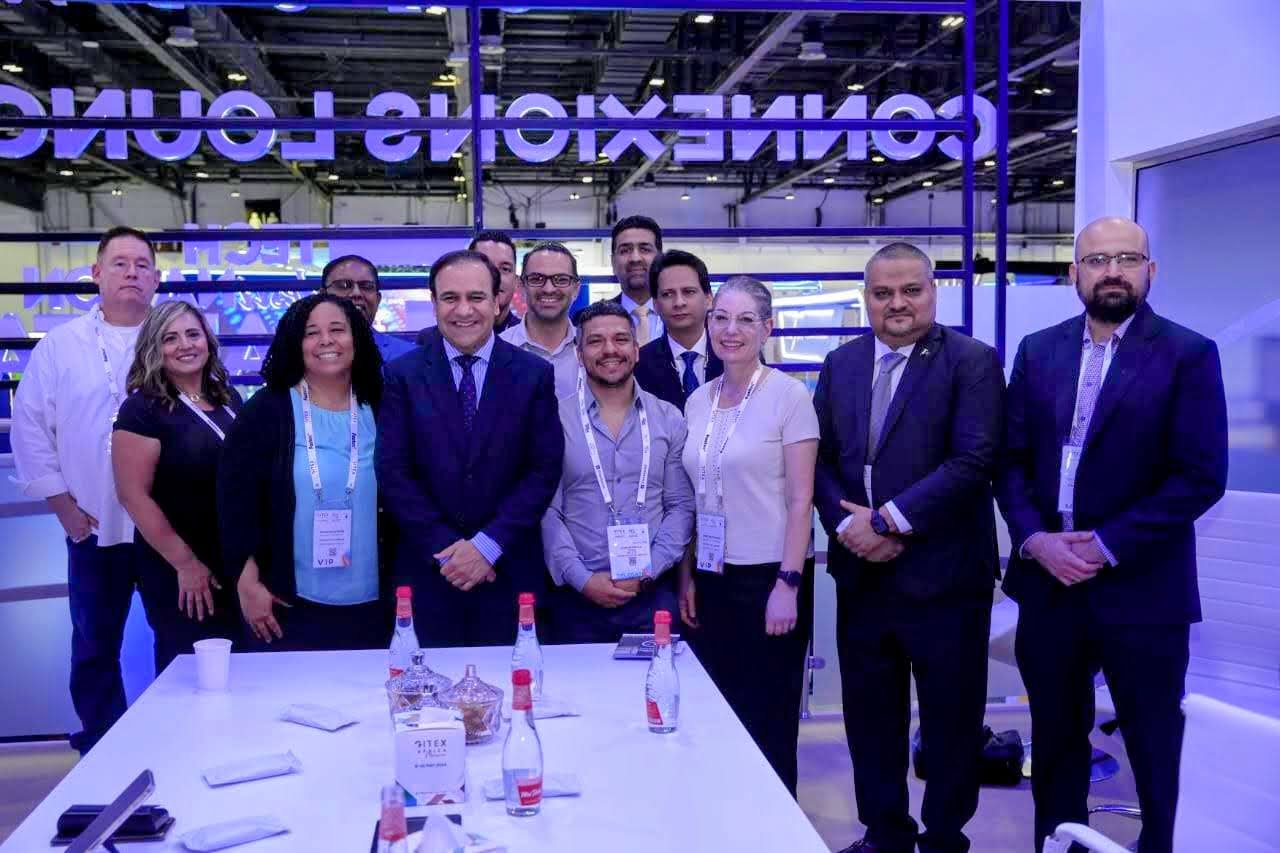Technology
New Educational Nonprofit Project TechXploration Starts at ExCITE Riverside

RIVERSIDE, Calif. – New educational nonprofit organization Project TechXploration has started up in Riverside, California with assistance from ExCITE Riverside, a business acceleration program supported by the city and county of Riverside and University of California, Riverside. The organization was established to promote careers and diversity in science, technology, engineering, art and mathematics to underrepresented and underprivileged youth. Project TechXploration is currently developing a groundbreaking kids technology TV show for the Public Broadcasting Service called “TechXploration With Mista Pat” to inspire an interest in STEAM fields.
Dr. Angelov Farooq, ExCITE Riverside co-founding board member, stated: “Project TechXploration is an important asset to the ExCITE accelerator. The sustainability of our region’s STEM related industries are only possible with initiatives like this to empower the next generation of a diverse and skilled workforce.”
“We’re lucky to have the team of Project TechXploration in Riverside and at Riverside ExCITE. They are showing us new ways to reach the technical workers of the future and bringing a wide range of employer support to their programs,” Economic Development Coordinator for the City of Riverside Steve Massa said.
The county of Riverside’s Digital Equity Program donated thirty desktop computers to aid Project TechXploration. “Project TechXploration brings great value to our partnership and is essential in bridging the Digital Divide to improve quality of life in Riverside county,” Digital Equity Program Manager Nora Valenzuela said.
This year Project TechXploration placed second in the county of Riverside’s Fast Pitch Competition earning $3500 in startup funds. “The win was validation that other people share our belief that students must be exposed to STEAM related careers at an early age and Project TechXploration is on the right track,” Executive Director Patrick Person said.
ABOUT PROJECT TECHXPLORATION: Project TechXploration is a nonprofit dedicated to providing innovative and transformative programs that educate underrepresented and underprivileged students on the many exciting career pathways in science, technology, engineering, arts and mathematics (STEAM). Their goal is to increase diversity in technology by engaging elementary and middle school students in their early and formative years.
Project TechXploration and Kids That Code, Inc. are developing a groundbreaking kids technology TV show for Public Broadcasting Service starring Mista Pat. The nonprofit was co-founded by Patrick Person, Alfonso Anaya, and Jose Navarette who are also co-founders of educational company Kids That Code, Inc.
ABOUT ExCITE RIVERSIDE: Riverside ExCITE is a unique incubation and acceleration program created in collaboration between business leaders, local government with representatives from both the city and county of Riverside, and our local research university at University of California, Riverside. Riverside ExCITE is organized for the purpose of facilitating the successful incubation and acceleration of start-up companies engaged in entrepreneurial research and development of advanced technologies with the intent to create high technology jobs in the county of Riverside.
ABOUT KIDS THAT CODE: Kids That Code, Inc. teaches young children computer programming, video game development, electronics, robotics and other science, technology, engineering and mathematic related subjects. Their program consists of an afterschool and before school activity on school sites and college and university campuses during the weekend. Kids That Code, Inc. is participating in the ExCITE Riverside business accelerator.
Technology
Revolutionizing Recycling: Ontario Scientist Unveils Breakthrough in Plastic Processing

Introducing WPNX17: A Pioneering Solution to Plastic Waste Challenges
By Ken Alan, IEBJ Freelance Reporter
The alchemists’ dream of turning lead into gold has captured imaginations for centuries. No less impressive would be the ability to transform waste plastics into something that can be recycled without the need for sorting, as different kinds of plastic can’t simply be ground up and combined. Consequently, about 91 percent ends up in landfills, the ocean or our air every year, according to the Organization for Economic Cooperation and Development (OCED, www.oced.org). Now, an Ontario inventor and entrepreneur has a patent pending process that can combine disparate plastics, such as Polyethylene Terephthalate (PETE) and High-Density Polyethylene (HDPE).
Tina Richter, President & CEO of Weapon X Worldwide, Inc., calls her secret formula “WPNX17,” an abbreviation for the Weapon X name and its 17 different chemicals.
“The chemicals are ‘all natural’ so it is FDA approved,” she said, adding WPNX17 is a food grade plastic, by itself.
Weapon X was formally introduced at a ribbon cutting and open house hosted by the Inland Empire Regional Chamber of Commerce. The product is already being used by Home Depot and Walmart. The company has quietly shown their solution at domestic trade shows and will make its first global appearance at PRS (Plastics Recycling Show) in Amsterdam, in June.
“Today’s a big day for us as we continue to push for better sustainability and tech advancements here in the Inland Empire,” said Mr. Edward Ornelas, Jr., CEO of the Inland Empire Regional Chamber of Commerce. “We’re really excited to showcase Weapon X’s WPNX17. It’s a revolutionary tech that could totally change how we handle plastic recycling and really raise the bar for environmental responsibility in our industry.”
“It’s like the Holy Grail of plastic recycling,” said Greg Smith of Smart Plastics. “One of the things that’s always held plastic recycling back is you’ve got these seven different types of plastic that have to be sorted, so it adds a lot of cost.”
“I would call it a ‘plastic alloy’ rather than a catalyst,” said Vladimir Boglidskiy of Smart Plastics who evaluated the technology. “It’s like, you can’t mix water and oil. You need something to help them mix, like soap.”
The open house featured a demonstration of a recycled plastic injection molding machine presented by BOLE Machinery of Stow, Ohio. President Jack Liu explained how the recycled plastic is used to create planter baskets for bonsai trees. Every 26 seconds the machine dropped another finished basket into the hopper. The machine’s design eliminates six steps normally required for recycled plastics: melting, filtration, cleaning, granulation, transporting and drying. This results in an energy savings of 70 to 80 percent.
Richter, who has worked in the plastics industry for over 40 years, said she saw the need for a solution after having millions of pounds of contaminated recycled plastics delivered to her facility that couldn’t be used. She said WPNX17 isn’t biodegradable but she is working on a version that is.
One observer noted this technology could create a whole new industry of “plastic harvesters” — entrepreneurs who create new ways to sweep waste plastics from our streets and oceans, turning them into cash. Then, at last, the alchemists’ dream will come true.
Technology
Unveiling the Future: The Inland Empire Technology Summit 2024

Discover Innovation at the Nexus of Business and Technology in California’s Vibrant Innovation Ecosystem
Inland Empire Regional Chamber of Commerce in partnership with the Cal Poly Pomona College of Business Administration and the Singelyn Graduate School of Business announces the inaugural Technology Summit on June 13th, 2024 (6/13/24). The conference showcases the Inland Empire region as the Innovation Empire- California’s vibrant innovation ecosystem.
Technology Driven Economic Development
In today’s rapidly evolving digital landscape, staying ahead of technological advancements is not just an advantage; it’s a necessity. The Technology Summit aims to bridge the gap between current business practices and the potential unlocked by new technological tools. Attendees will have the unique opportunity to explore a variety of topics, keynote speeches, and panel discussions.
Who Should Attend?
This event is designed for business owners, IT professionals, entrepreneurs, students and anyone keen on integrating cutting-edge technology into their operations. Whether you’re looking to streamline processes, enhance efficiency, or foster innovation, the Technology Summit is your gateway to the future.
Featured Speakers and Sessions
The summit will feature a lineup of distinguished speakers, who are at the forefront of their respective fields. These thought leaders will provide valuable insights into applying new technologies and their impact on various industries. Showcasing the IE as an Innovator’s Empire.
Networking Opportunities
Beyond the learning experience, the Technology Summit offers unparalleled networking opportunities. Attendees will have the opportunity to connect with peers, industry leaders, and potential collaborators, fostering relationships that could shape the future of their businesses.
Registration Information
Spaces for the Technology Summit are limited, and early registration is encouraged. For more information and to secure your spot, please visit
The Inland Empire Regional Chamber of Commerce is dedicated to supporting the growth and success of businesses within the Inland Empire. Through events like the Technology Summit, the Chamber aims to provide valuable resources, networking opportunities, and strategic insights to our members and the business community at large.
Don’t miss this opportunity to explore the technological trends shaping our future. Join us at the Technology Summit and unlock the potential of new tools and technologies for your business..
Event information and registration now available.
Technology
Innovative Breakthroughs and Global Partnerships: California’s GITEX 2023 Delegation Returns Home from Dubai

Seizing the Future: IE Chamber Leads California Tech Visionaries in Groundbreaking International Collaborations
The Inland Empire Regional Chamber of Commerce (IERCC) proudly led a top-tier delegation of tech representatives from California at GITEX GLOBAL 2023 in Dubai, which concluded last week. The event was a resounding success, providing invaluable global exposure for California’s tech industry and fostering numerous opportunities for international collaboration and partnership.
Despite the absence of IERCC’s President & CEO, Mr. Edward Ornelas, Jr., the delegation thrived under the leadership of the Chamber’s CTO, Mr. Gabriel Rangel. “Our presence at GITEX was pivotal; it opened doors for collaboration and showcased the Inland Empire’s innovative spirit on a global stage,” stated Mr. Gabriel Rangel, CTO of IERCC.

GITEX GLOBAL 2023, held from October 16-20, lived up to its reputation as the world’s largest tech and startup event. With its theme “The Year to Imagine AI in Everything,” the conference hosted over 6,000 companies and startups, drawing more than 170,000 tech enthusiasts from over 170 countries.
Central to the delegation’s mission was the fostering of bilateral relationships, and the results were substantial. IERCC facilitated critical introductions and meetings between California tech entities and potential global partners, securing several provisional agreements that promise to boost the state’s tech industry.
Further enhancing the delegation’s profile was Mr. Ram Thanapandian, Principal Technology Consultant to the State of California and Chair of CA State Treasurer Fiona Ma’s Technical Advisory Commission. His presence emphasized the state’s commitment to technological advancement and economic collaboration on a global scale.
“The insights our team gained at GITEX are invaluable. We’re excited to integrate these global tech perspectives into our local industry, driving innovation right here in the Inland Empire and California,” expressed Mr. Edward Ornelas, Jr.

Post-event, the delegation is gearing up to capitalize on the progress made at GITEX. Follow-up meetings, collaborative tech projects, and shared research initiatives are already in the planning stages, promising to foster a period of vibrant growth and innovation for the tech industry in California and beyond.
-

 Opinion1 month ago
Opinion1 month agoSurge in Unemployment Among California Youth Linked to Minimum Wage Hikes
-

 Commercial Real Estate Transactions3 weeks ago
Commercial Real Estate Transactions3 weeks agoSRS Real Estate Partners Announces Record-Breaking $6.15 Million Ground Lease Sale of a New Construction Chick-fil-A Property in Murrieta, California
-

 Health & Wellness3 weeks ago
Health & Wellness3 weeks agoBuddha Bars: A Mother’s Innovative Solution to Healthy Snacking
-
By Press Release1 week ago
California Employment Expansion Continues But Still Trails Nation








